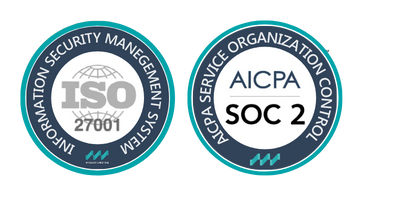Credit scoring models play a fundamental role in the risk management practice at most banks. They are used to quantify credit risk at counterparty or transaction level in the different phases of the credit cycle (e.g. application, behavioural, collection models). The credit score empowers users to make quick decisions or even to automate decisions and this is extremely desirable when banks are dealing with large volumes of clients and relatively small margin of profits at individual transaction level (i.e. consumer lending, but increasingly also small business lending).
SIMILAR POSTS

The Credit Cycle Outlook
The good times are gone. As public markets wrestle with a perfect storm of macroeconomic risks and difficult national and [...]
26 October 2021
Wiserfunding Co-Founder Dr. Edward Altman at the European Parliament
Dr. Edward Altman at the European Parliament explaining the need for an independent market standard to assess SME Credit Risk [...]

26 October 2021
Interview with Gabriele Sabato, CEO and co-founder
Interview with Gabriele Sabato, CEO and co-founder, at RiskMinds in Barcelona 2021 It was great to see the RiskMinds community back together [...]



